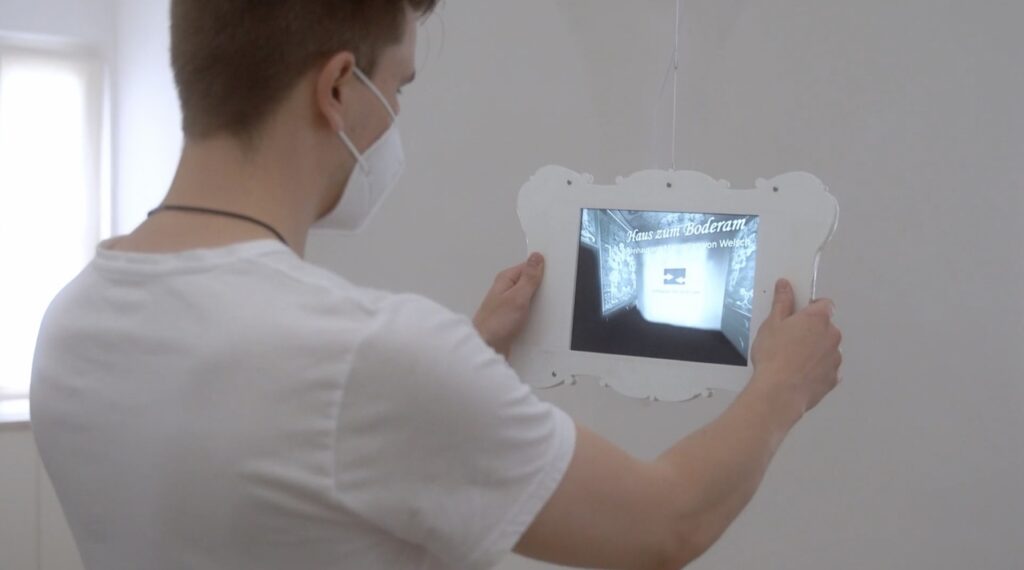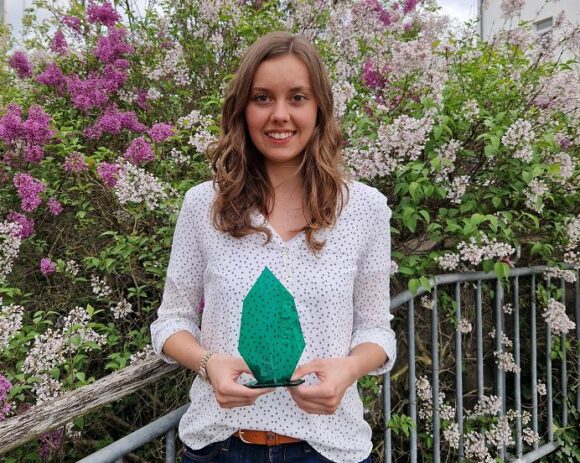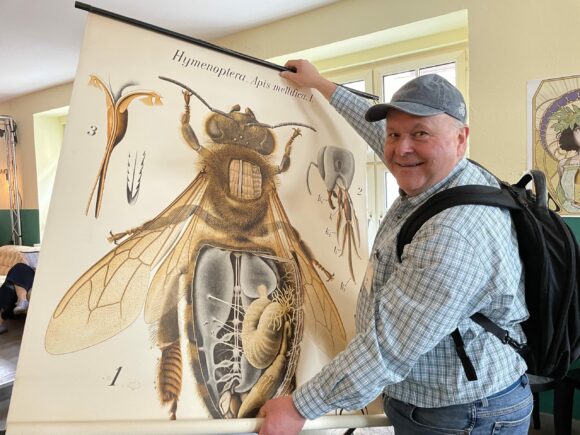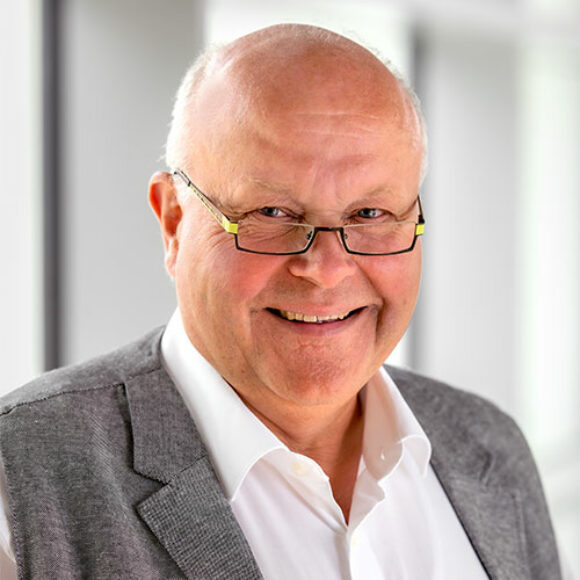The exhibition about the engineer and architect of the baroque Maximilian von Welsch at the Feste Rosenberg in Kronach ended in November 2021 – “Campuls-digital” reported. For the exhibition “One for All(s)“, the team led by Prof. Michael Zöllner developed a series of explanatory and informative apps and a 3D model of the lost complex.

The garden laid out by von Welsch at the Favorite pleasure palace in Mainz has completely disappeared today, surviving only as a copperplate engraving from 1724. The team solved the challenge of recreating the pleasure palace of the Mainz electors with the help of modern technology in the Welsch Year 2021 by 3D reconstructing a simplified architectural model of the palace and garden using 3D printing. In a second step, this model can be interactively explored using modern augmented reality technology. Here, an iPad serves as a kind of interactive picture frame that locates the digital information on the model and thus connects the virtual space with the physical one.
For example, views of Favorite from Salomon Kleiner’s copperplate engravings adorn the facades as digital image information and fill the walkways in the expansive garden architecture with life. The viewer can learn the background to Welsch’s magnificent baroque Gesamtkunstwerk via the AR application. But the 3D reconstruction of the palace complex can be experienced not only visually, it is also designed as a tactile model with Braille and thus provides a contribution to the topic of inclusion through technology. The 3D model was printed in the MakerSpace at Hof University of Applied Sciences , and is now in the museum’s archive.

Source: Hof University of Applied Sciences
We use 3D reconstruction, extended reality and 3D printing to create historically accurate insights into architecture that no longer exists. In this way, we digitize and preserve cultural heritage and make it accessible to a broad target group.”
Prof. Michael Zöllner
Furthermore, the team reconstructed Maximilian von Welsch’s study based on historical photographs and explained the meanings of the historical wallpaper via a virtual reality app. In this study was the suitcase with the architect’s working tools, whose functions were illustrated via another VR app
Learn more about the exhibition and the project here







